How to Rebuild Leg Strength After Knee Surgery for Athletes
Many athletes want to jump back into their training as soon as possible after their knee surgeries. Thing is, the knee is still vulnerable to more injury if you don’t rebuild your leg strength correctly. Many athletes will quickly return to squatting, jumping, and trying to run too soon without building up the knee properly. And that’s why I want to share the steps athletes need to take to rebuild leg strength after knee surgery.

Unfortunately, knee tears are all too common. There are many reasons knee tears occur. Sometimes, they’re just freak accidents. But many times, knee tears occur from structural imbalances in the lower limb that come from pattern overload, faulty programming, or poor lifestyle choices.
Even worse is when guys get repeated knee injuries.
It’s your job to not only rebuild your knee strength after surgery, but also work out those structural imbalances to prevent future knee injuries.
So, how do you rebuild leg strength after knee surgery?
The simple answer is pre-hab to address the structural imbalances that both caused your knee injury and popped up after surgery. Pre-hab involves activating under-active muscles, strengthening phasic muscles, and mobilizing tonic muscles.
Below, I’m going to decipher what that means, and give you step-by-step approach to rebuilding your knee strength:
The Pre-Hab Solution
Every athlete’s body is different. But one thing every athlete has in common is that they all have structural imbalances. These balances may come from the athlete’s sport, or his lifestyle, but the point is, they must be corrected or the athlete not only risks injury, but will not reach his performance potential.
These structural imbalances manifest in tightness, weakness, overactivity, and under-activity of certain muscles.
And that’s what pre-hab works out.
So, let’s look at what the pre-hab process looks like for an athlete looking to rebuild leg strength after knee surgery.
1. Strengthen the Tendons and Ligaments Across the Knee Cap
The first step in rebuilding knee strength after surgery is strengthening the tendons and ligaments across the knee cap.
Due to lack of use and surgery, these tendons and ligaments have become weak and “under-active”. The goal is to get them strong again, and get the small stabilizer muscles in the knee firing again to avoid any instability.
One of my favorite pre-hab exercises to do this is the terminal knee extension.
Here’s How to Perform the Banded Terminal Knee Extension (TKE):
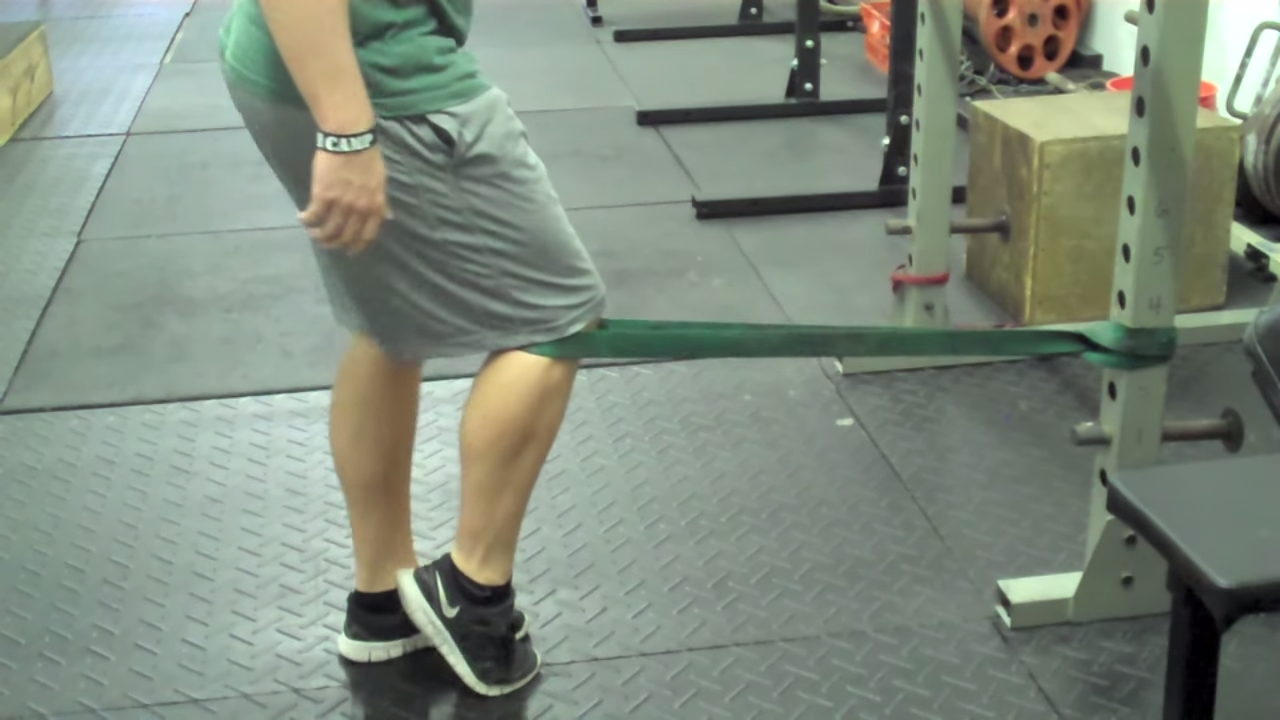
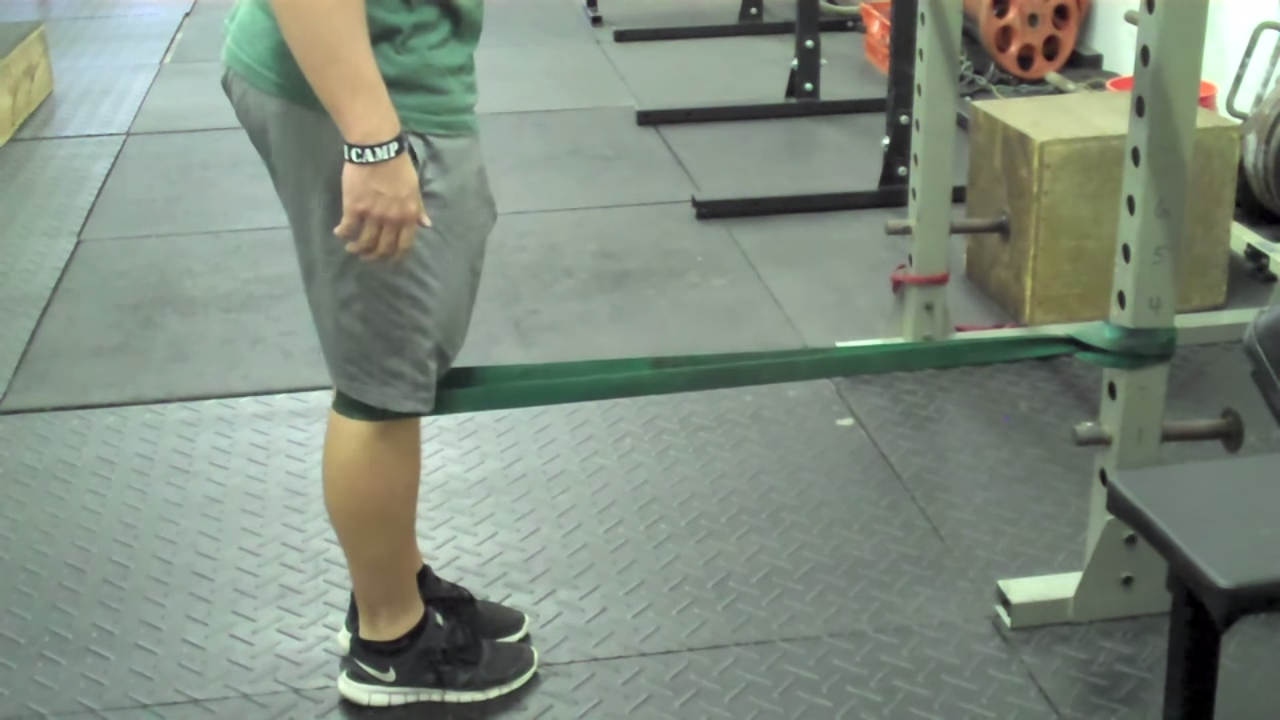
- Tie a band around a rack of pole
- Place one end of the band around the back of your knee
- Step back so there is tension on the band
- When there is enough tension on the band, lift your heel, then extend your knee
- Squeeze for one second and repeat for desired reps
2. Release the Muscles of the Hip Flexors and Piriformis
One of the reasons many people experience knee tears is due to a lack of glute activation. Muscles of the hip flexors and piriformis may be responsible for inhibiting the glutes, so it’s important that we release those muscles to set the stage for glute activation.
Here are two great stretches to release these muscles (don’t forget to foam roll before):
Pigeon Stretch

- Starting in a standing position, place your hands a few feet in front of your feet in a downward dog position
- Lift one leg swing it under your torso
- Lay that leg’s calf flat on the ground
- Shift your weight onto your ankle
- Hold for desired time
Couch Stretch
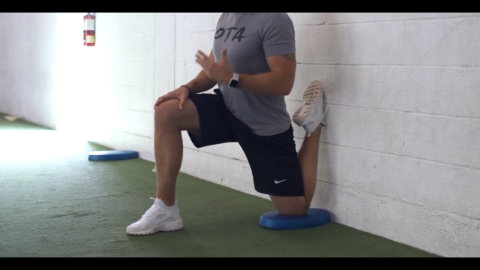
- Find a wall or a seat to place the top of your foot on
- Place your foot on whichever surface you choose with that knee on the ground
- The closer your knee is to the ground, the more intense the stretch will be
- Push your hips forward and pick your chest up
- You should feel as stretch down the front of your leg
- Hold for desired time
3. Activate the Glutes
The next step in rebuilding your leg strength is to activate the glutes. Inhibited glutes are what causes many knee injuries, and chances are, yours aren’t firing correctly. So, we must take steps to teach the glutes to fire properly.
Here are two movements that can support you with that:
1. Single Leg Glute Bridge
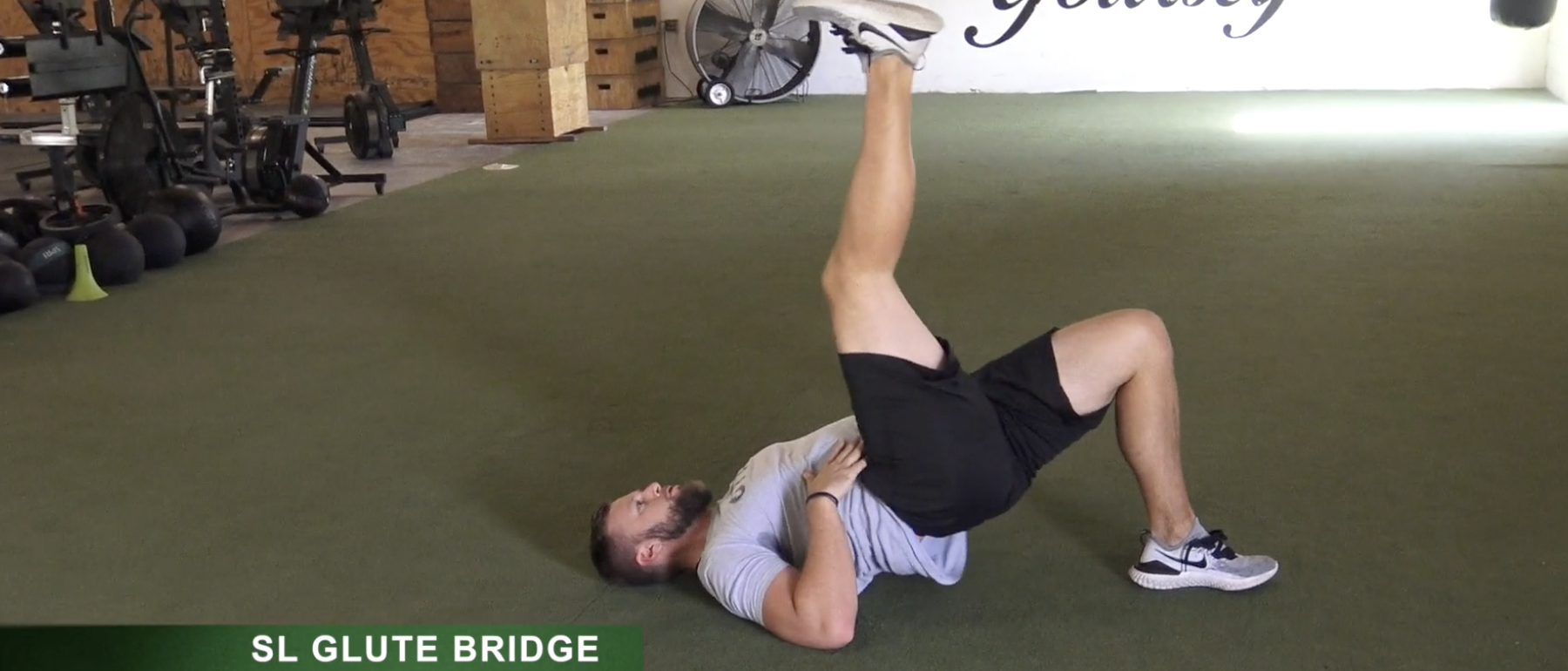
- Lay on your back with both heels as close to your butt as possible
- Tuck one knee up into your chest
- Push through the heel of the foot that’s on the ground
- Squeeze the butt at the top for one second
- Repeat for desired reps
2. Fwd/Lateral Monster Walks
- Place a hip circle band slightly above your knees
- Place your ankles and knees just outside of hip width, stacked
- Keep your feet outside of hip width the entire time you move forward or laterally for 10 yards
- Come back either backwards, or laterally the other way
- Repeat for desired reps
4. Begin Strength Training
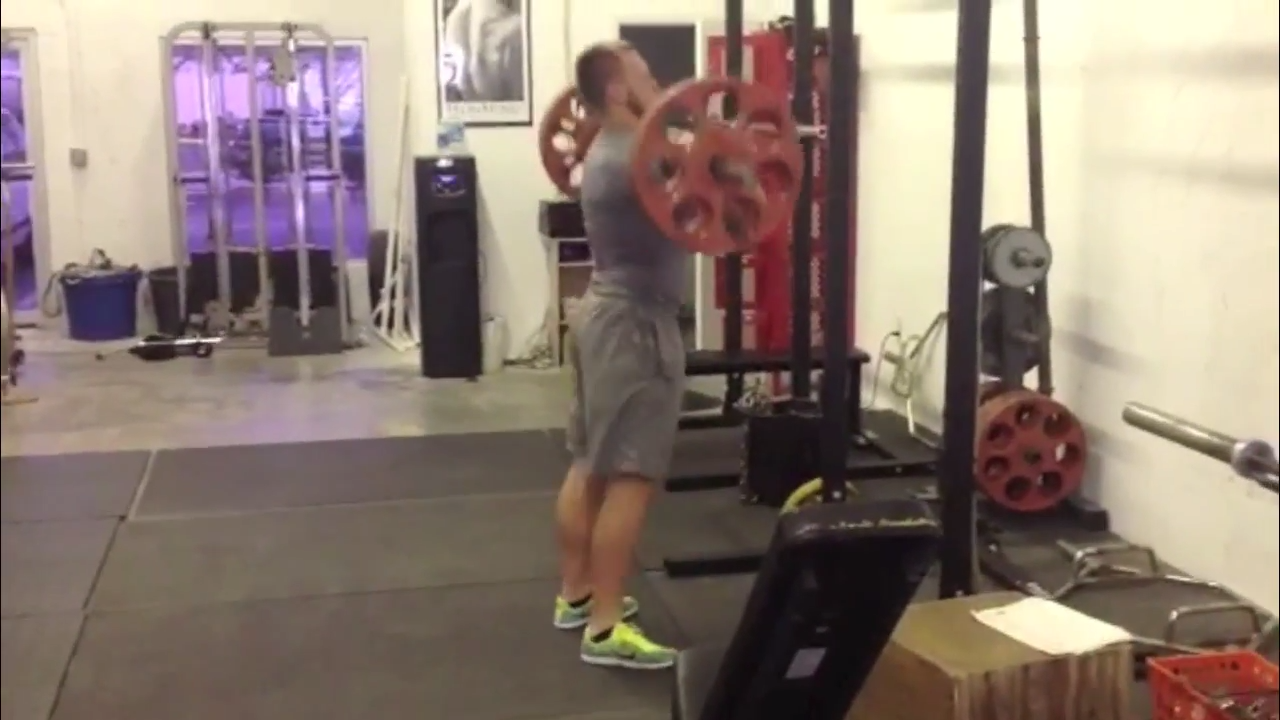
Typically, when I have a guy return to the weights, I have him perform tons of single leg movements.
Single leg Romanian deadlifts, Bulgarians, step ups, Swiss ball hamstring curls, and more.
I also like to use nordic hamstring curls to build up strength in the hamstrings.
Of course, we also perform the big lifts at a lower level.
However, when you’re fully ready to hit the weights with intensity, I recommend you lift the way I lay out in my Free Advanced Strength Series.
Sifting through this short video series will help you build ATHLETIC strength quickly.
Athletic strength is strength that seamlessly transfers to explosiveness.
And you can learn more about it in my Advanced Strength Series:
Click Here to Gain Access for Free